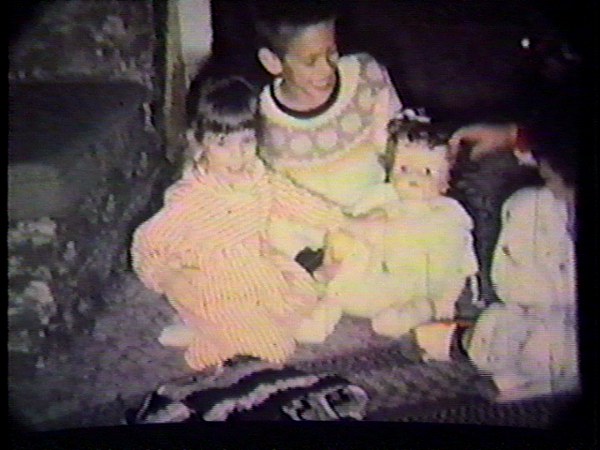Film Conversions - Have movie film that you want to convert to digital video? There are several options available to you. I have seen film conversion to digital done from video captured straight off of the screen while the film is being played. That will work but the results can vary from fair to horrible, but the cost is next to nothing if you already own a working projector and video camera. I would never do this myself and there are risks associated with doing this. The film is most likely in dirty condition and possibly brittle (sprocket holes break when running through the projector). You run the risk of damage to the film every time you watch it including burning holes through the frame if the film stops advancing. This was true the first day you projected the film all those years ago. Additionally it isn't unusual that you will see the projection screen texture on your final conversion where the brightest parts of the scene are. Stay away from these older methods of converting film to digital.
VHS to Digital via Canopus ADVC-100
At the opposite end of the spectrum there are state-of-the-art transfer processes that can cost up to a couple of hundred dollars an hour but the finished product is the best that can possibly be achieved. Wetgate systems are used and state of the art color correction. If you are producing video for broadcast TV and/or have a bigger budget you most likely would use these types of transfer houses. In general the more the image comes to perfection the higher the costs. Many people actually build their own transfer systems that do remarkably well.
Most of us fall somewhere in between filming it off of the family room wall and seeing a computer generated creature standing next to us in the film! We are looking for value. The best way to transfer film is frame-by-frame which costs a little more to do but gives the best results.
Before and After - Golf of Tonkin
Faded image from 8mm film that has been corrected using NLE
Most home movies suffer from similar conditions. The color has faded, the images tend to have a soft focus, the picture is shaky, perhaps the subject material becomes a bit boring and there is total silence (unless you have sound film). If you have your film converted and placed onto a DVD you won't have the opportunity to correct the problems or annoyances of the film. If you want to make adjustments after the conversion you will want to work with the AVI file not the MPEG2 compressed version. Post is where you can bring life to your old films. Examples of how to bring some punch into your films can be seen on the Personal Projects page on this site. The Camel GT race was filmed on silent film but had graphics, music and sound effects added to give the resulting video more depth. The Environment movie on the same page was reedited to provide more information in less time. A full 1.5 minutes was removed with no major content left out. Camera shake from holding the camera by hand was reduced and the smoothness of the skyline panning was improved. All scenes were adjusted for grain, noise, color correction, focus and sound. Finally graphics, music and sound effects were added. No birds could be heard on the original sound track and the running water sounded more like background noise than a stream.
In the screen capture pictures above you can see the difference in the quality of capturing film digitally vs using a projection screen capture. Using a video editing tool can fix color problems, remove noise from the final product, and remove unwanted scenes (like film of your feet when the camera was accidentally left on). All of the changes make for a more pleasant experience which is the point of video. People want to be entertained and be pleasantly surprised by your home movies. Find your old films and bring them back to life. Happy hunting.
Golf of Tonkin

